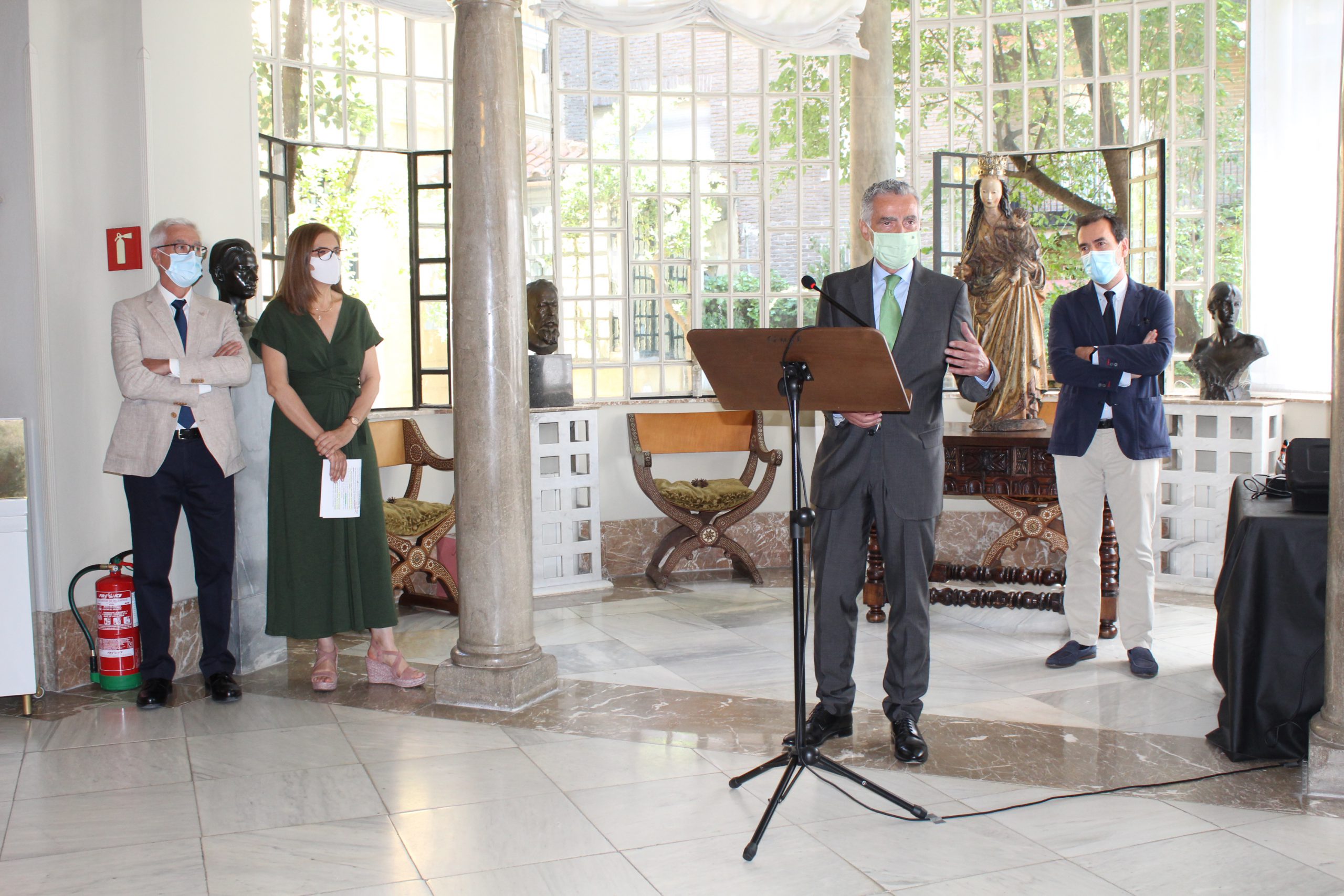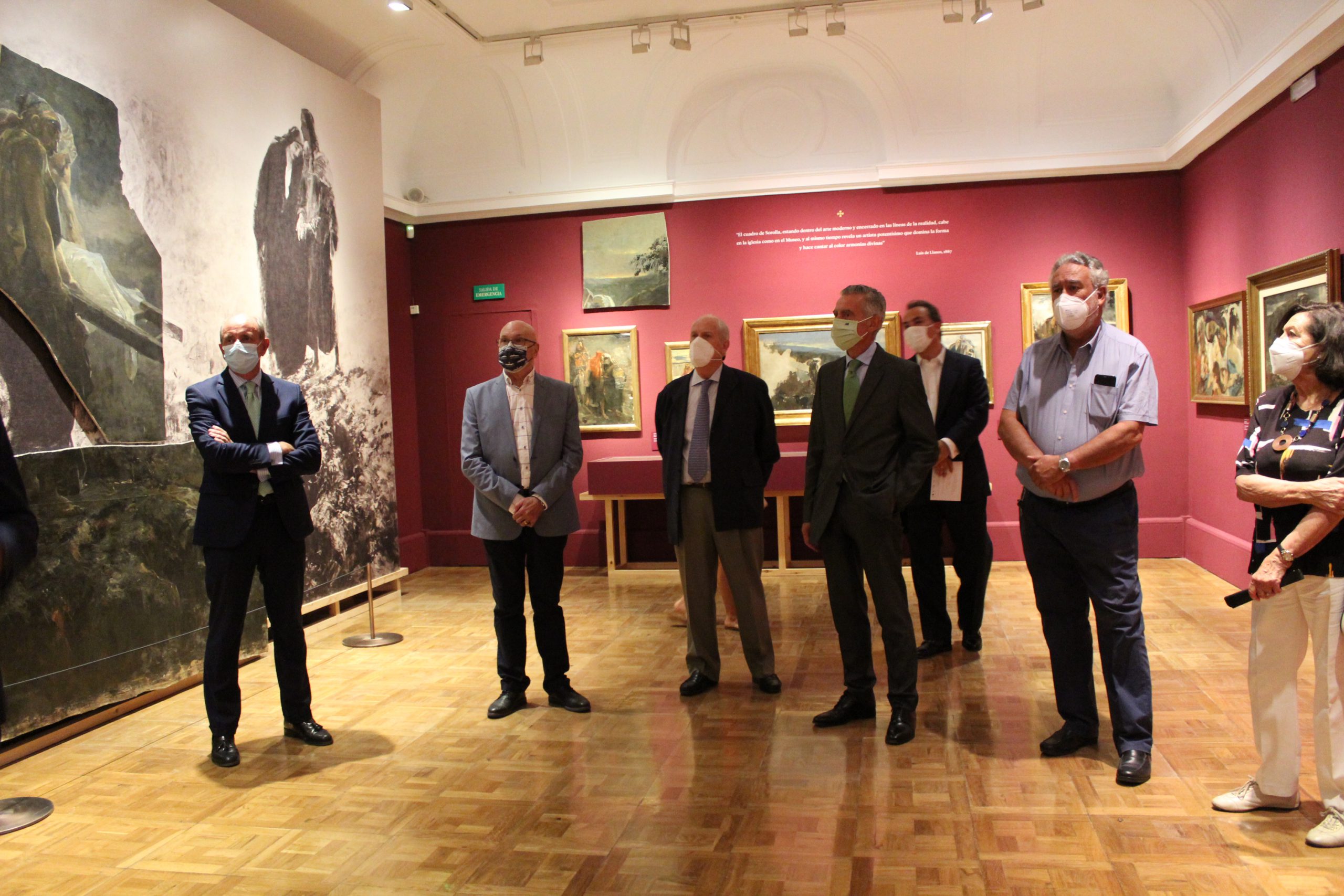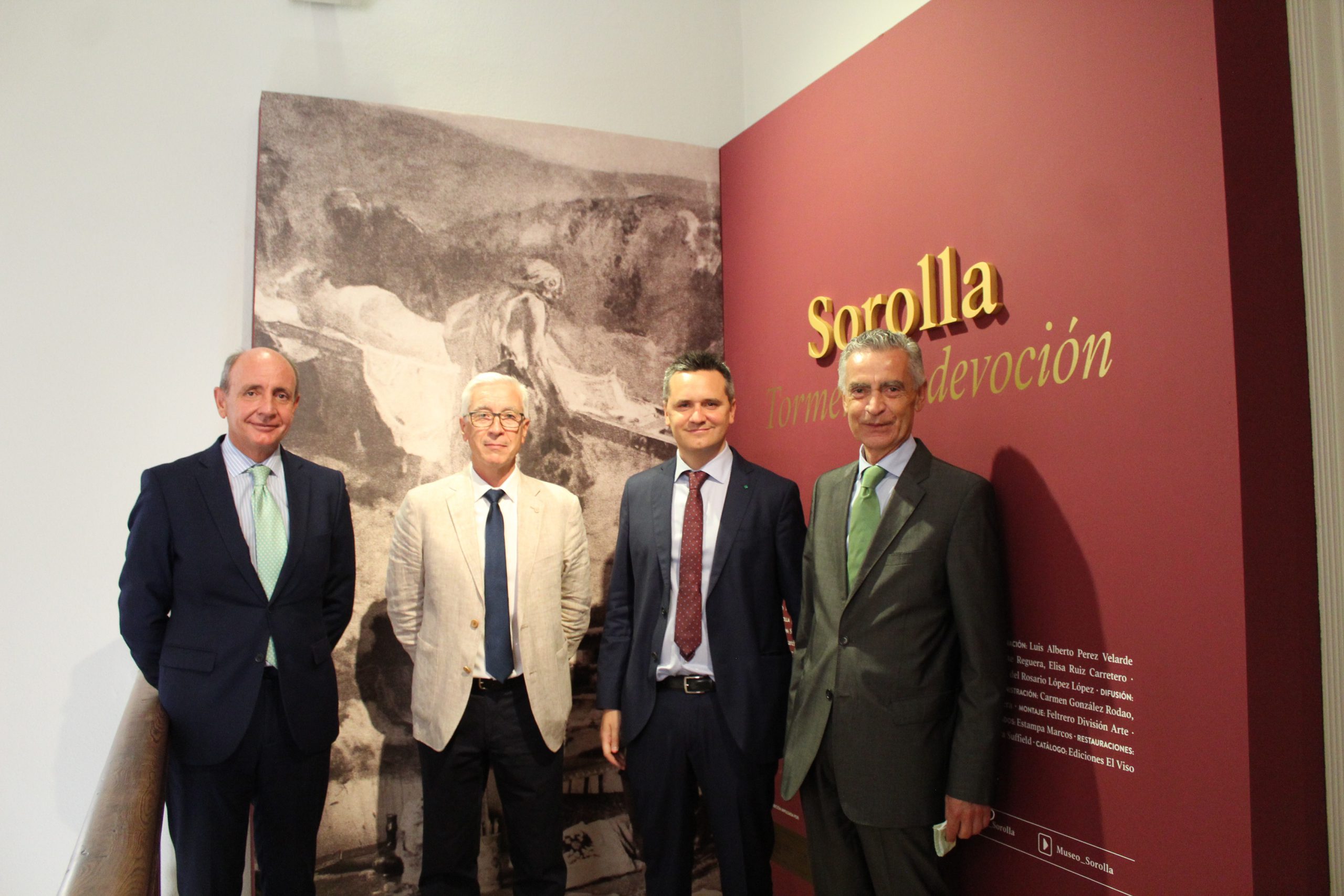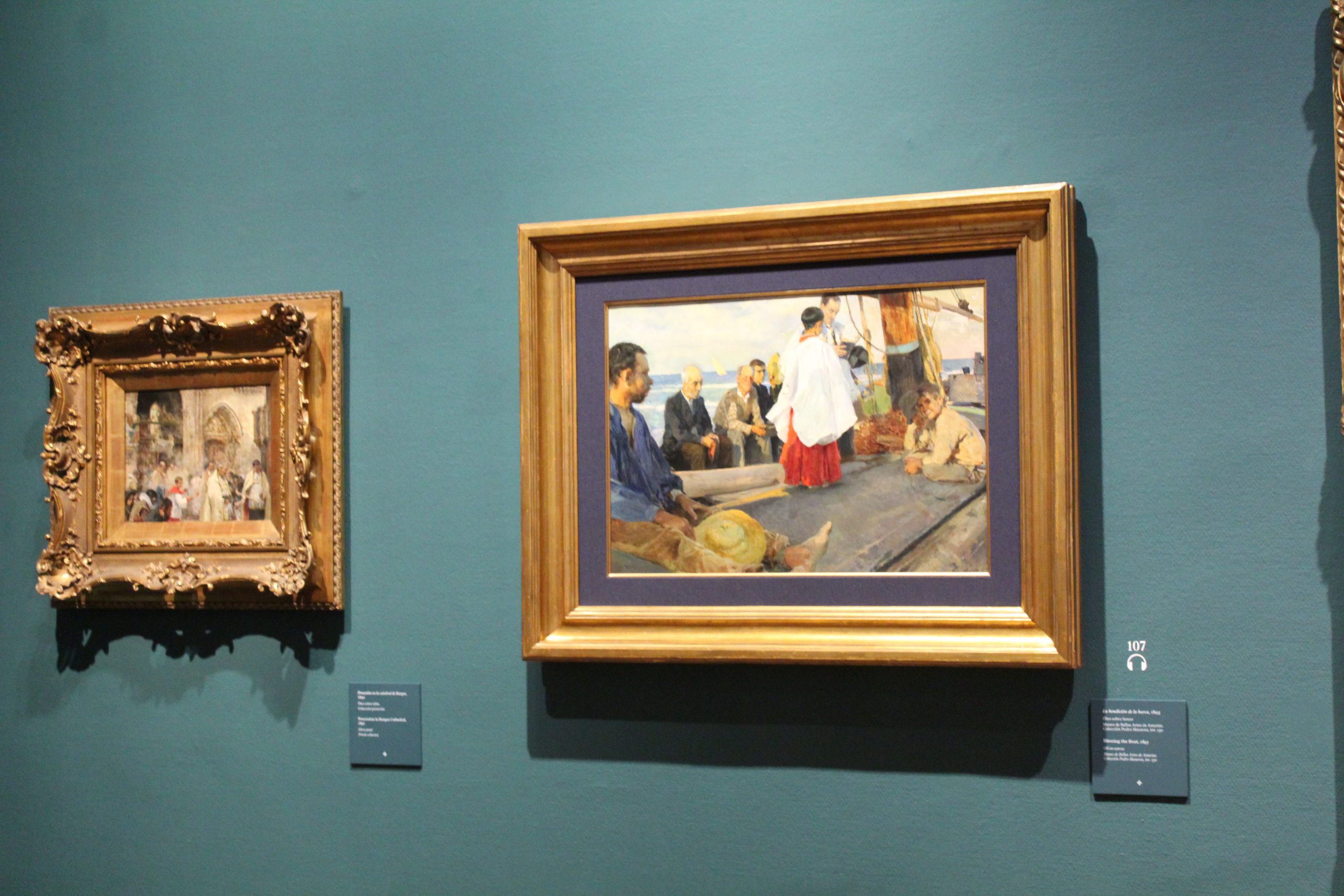The Ministry of Culture and Sport, the Museo Sorolla and the Fundación Museo Sorolla present from July 13, 2021 to January 9, 2022 the exhibition Sorolla. Torment and Devotion, an exhibition that proposes a tour of the most unknown and unpublished work of Joaquín Sorolla Bastida, religious painting.
Although we are not used to think of Sorolla as a painter of religious themes, it was a genre that he cultivated, especially during the early years of his career, and in which he demonstrated his young and promising talent.
Curated by the curator of the Sorolla Museum, Luis Alberto Pérez Velarde, the exhibition presents a careful selection of works, the result of intense and systematic research. For the most part unpublished for the general public, the paintings on display offer a complete representation of the religious theme in Sorolla’s painting. It allows us to go through in detail and from a new perspective, the early years of his career and discover a selection of Sorolla’s paintings never before brought together for the public.
The title of the exhibition brings us closer to two key facets to understand the beginnings of his career because, although Sorolla enjoyed all the fame and international recognition to which a painter could be entitled to.
international recognition to which a painter could aspire, glory is not usually achieved without effort, without sacrifice, without suffering.
Sorolla devoted more than a year of work to paint The Burial of Christ, 1885-1887. An ambitious, immense work, seven meters long, but full of hesitations, indecisions and regrets, in which he placed all the hopes of a young painter. It was in doubt that misfortune found its way, the critics were merciless with Sorolla. All the effort and aspirations vanish, the torment begins, the anguish of an artist in search of his truth. With his wife Clotilde García del Castillo he takes refuge in Assisi, reflects on his failure and sets out to find a new path, the one that leads him to the light, to success.
In these early years that Sorolla spent still studying in Rome, reflective in Assisi and finally settled in Madrid, devotional painting accompanied him. They are
works that are well received in the market. Sometimes they were commissioned by patrons and protectors, others, mainly religious genre paintings, sought in the anecdote the excuse to represent everyday scenes, with which he harvested his first successes in national and international exhibitions.
The exhibition is made up of 45 works, 30 of which are loans from private collections and ecclesiastical entities that are very difficult to access, and from the institutions that have generously
institutions that have generously collaborated with the Sorolla Museum in this exhibition: Ayuntamiento de Valencia, Civici Musei di Udine, Diputación de Valencia, Fundación Bancaja, Museo de Bellas Artes de Asturias, Museo de Bellas Artes de Bilbao, Museo de Bellas Artes de Valencia, Museo Nacional del Prado and Real Academia de Bellas Artes de San Carlos.
In addition, a reconstruction of The Burial of Christ (1885-1887) will be on view for the first time since it was exhibited at the National Exhibition of Fine Arts in 1887. Abandoned in his studio by the painter, the work was badly damaged and only three fragments remain. After a complex restoration process carried out by the Museum’s team, it can be seen in a spectacular montage that aims to convey the importance and ambition that Sorolla deposited in this painting.
The exhibition aims to restore the lost visibility to these paintings, as they are practically unknown works in Sorolla’s production, not only for the general public but also for many of the general public.
The exhibition has been generously sponsored by Fundación Iberdrola España and Fundación Mutua Madrileña, with the special collaboration of Fundación Masaveu.
The exhibition is accompanied by an ambitious catalog which, in addition to reproducing all the works on display, includes the research carried out with articles by
by Luis Alberto Pérez Velarde, Blanca Pons-Sorolla, Pedro José Martínez Plaza, Isabel Justo Fernández and Vicente Samper Embiz.




